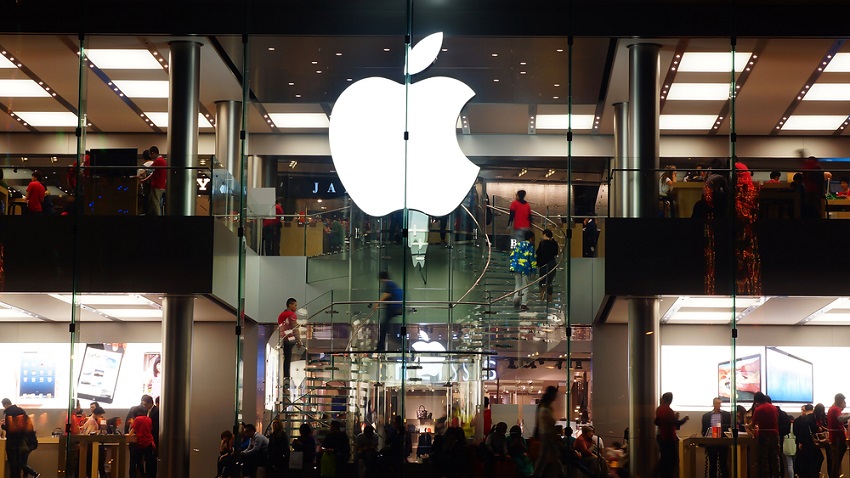One of the great things about purchasing a Mac — or any Apple product, for that matter — is that problems can easily be diagnosed and fixed simply by taking it to a nearby Apple store. Indeed, most every Apple product comes with a limited 1-year warranty that typically covers most instances of damage or malfunction.
Sometimes, though, Apple’s repair process doesn’t exactly operate as designed. And while there are certainly no shortage of stories involving Apple repair specialists providing free repairs for devices outside of the 1-year warranty, there are also stories involving overzealous repair specialists who give consumers a needlessly hard time.
To the latter point, a recent post on the Apple subreddit details one MacBook Pro owner’s frustrations when he tried to bring in his device for what he thought would be a simple screen repair.
Specifically, the MacBook Pro owner noticed the screen on his machine was peeling off, an issue which Apple previously acknowledged on some 2017 MacBook Pro models.
With one month left on his warranty, the owner booked an appointment with the Genius Bar. Once there, an Apple technician took stock of the problem and said that Apple would fix the problem for free. Just a few hours later, the MacBook Pro owner received an email indicating that the machine had water damage and that he’d have to pay for a brand new logic board.
The twist, though, is that the owner adamantly maintains that that water had never come into contact with his machine.
I take great care of my items, and my MacBook has always been in a protective enclosure, in a bag, so where does the water come from? Sadly, he couldn’t tell what is damaged (as the Macbook was still working fine) or where it could have possibly come from, knowing I’ve never got it in contact with water.
Refusing to pay for a logic board replacement he didn’t need, the MacBook Pro owner had the machine evaluated by a third-party and learned the following:
I’ve discovered that what Apple calls sensor is in fact, a piece of paper (officially called Liquid Contact Indicators) that changes colour from white to red in the presence of humidity. I put emphasis on that: in the presence of moisture.
There’s no need for LIQUID CONTACT, or WATER DAMAGE to trigger the ‘sensor’ but just humidity, caused for example, by taking the laptop from a well-heated room outside, in the winter.
Ultimately, the MacBook Pro owner took Apple to court, presumably in an effort to get the screen fixed for free, and wound up winning. Along the way, he detailed how Apple pulled a few shady legal maneuvers.
There are certainly more juicy details to the story — including a second (!) lawsuit — and it’s well worth checking out in its entirety over here.








